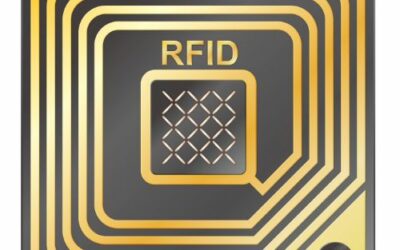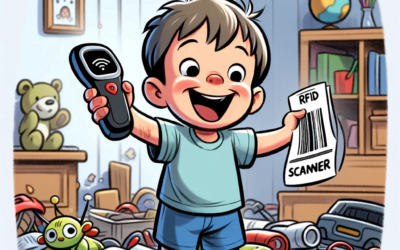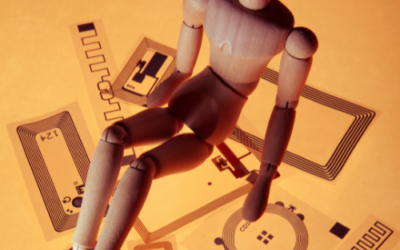Want to try RFID tracking but feeling a little anxious? Read this post now to discover just how easy it is to use an RFID aset tracking system!
itemit Asset Tracking Blog.
Learn more about the world of asset tracking software
Topics
Industries
How RFID Can Help You To Track Assets
How can an RFID tracking app help you to track all of your assets? Read this post now to find out so you can also track your assets with ease!
How To Get Started With RFID
How does RFID tracking work and how can you begin to get started with it? Read this article as it explains everything you need to know!
What Is RFID Tracking?
What exactly is RFID tracking and how can it help your business every single day? What are the benefits? Read this post to find out!
How To Manage Your Assets With RFID Tags
How can RFID tags make managing assets via your chosen asset register format much easier? Read this post now to find out!
How To Track Hospital Equipment With RFID Tags
Tracking hospital equipment can be hard. However, using RFID tags for equipment tracking makes life is easier. Read this article to find out more!
The Impact Of Asset Tracking On Your Supply Chain
An asset tracking system can have a huge impact on your supply chain. Read this article now to find out exactly how tracking your assets can help!
Getting started with RFID
RFID can sound daunting but it really doesn’t need to be! Learn how to get started with RFID in our latest blog.
How You Can Track High Value Assets with RFID
Find out more about how you can track and manage your most valuable assets with RFID.
How Can Those in The Healthcare Industry Benefit From Asset Tracking
With providers under more pressure than ever, asset tracking software in healthcare has never been more important. Find out why in this helpful guide.
How Asset Tracking Can Help Track Your Antiques and Collectables
Discover how antique inventory management with asset tracking technology helps safeguard high-value assets like antiques and collectables, ensuring secure and efficient organisation.
All You Need to Know About RFID Asset Tracking
It’s time for a deep dive into all things RFID! In the world of asset tracking, this is an extremely powerful, reliable and cost-effective technology.
Don't just track it. itemit.
Start your trial. 14 days. No risk. No credit card.








